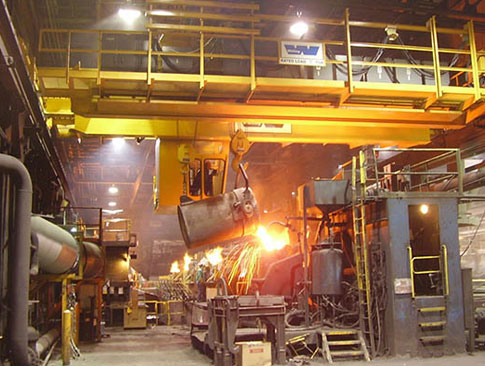All steel and tube products contain 2 basic elements, carbon and iron, and there may be some compositional differences and different manufacturing processes. As far as galvanized and cold rolled coils are concerned, they are similar steels with unique properties and applications.
galvanised steel coil is produced by dipping the steel product into molten zinc, which is then rapidly oxidized in the open air. Compared to iron, zinc is less reactive in redox processes, which is why it is so popular, as the zinc layer protects the steel we live in.
Cold rolling and hot rolling processes are two forming methods of steel. Cold-rolled products have high product dimensional accuracy and are suitable for applications with high dimensional requirements. Cold rolling takes place below the crystallization temperature and is controlled by different types of rolls. The basic products are cold rolled sheets and coils, which can also be formed into other shapes such as cylinders, I-beams and tubes.
Can cold rolled steel be galvanized? The answer is yes, they are two different processes for different purposes, one for forming and the other for corrosion protection. The only limitation of galvanised steel coil is that it cannot be used in high temperature conditions, if the surface is scratched, the zinc layer will lose its protection at the scratch.
Both types of fire protection materials can be successfully applied to galvanised steel coils; cement-bonded concrete and fire-resistant coatings. Cement-bonded concrete can be dense or lightweight. Dense is most commonly used for outdoor structural elements that may be affected, such as vehicle bumpers.
Lightweight cement-bonded concrete is most often used in areas where weight is a concern or is unlikely to be affected. Moisture penetrates lightweight fireproofing materials more easily than lightweight fireproofing materials, so it is important that lightweight materials fully cover their application area and have the thickness recommended by the manufacturer.
Fire retardant coatings are reactive materials that begin to foam once a certain temperature threshold is exceeded. The foam reduces heat transfer to the steel and the ceramic binder further protects the steel from overheating. Regardless of the type of fire protection used, there are a number of issues with fire protection of galvanised steel coils. Fireproofing is a porous material that can decompose, allowing water and other corrosive elements to enter the steel below. Fireproofing can act as an insulator, preventing corrosive elements and water from drying out, further increasing the rate of corrosion in galvanized coatings. Additionally, fireproofing materials can be difficult to remove and detect moisture and other corrosive elements beneath the material.
